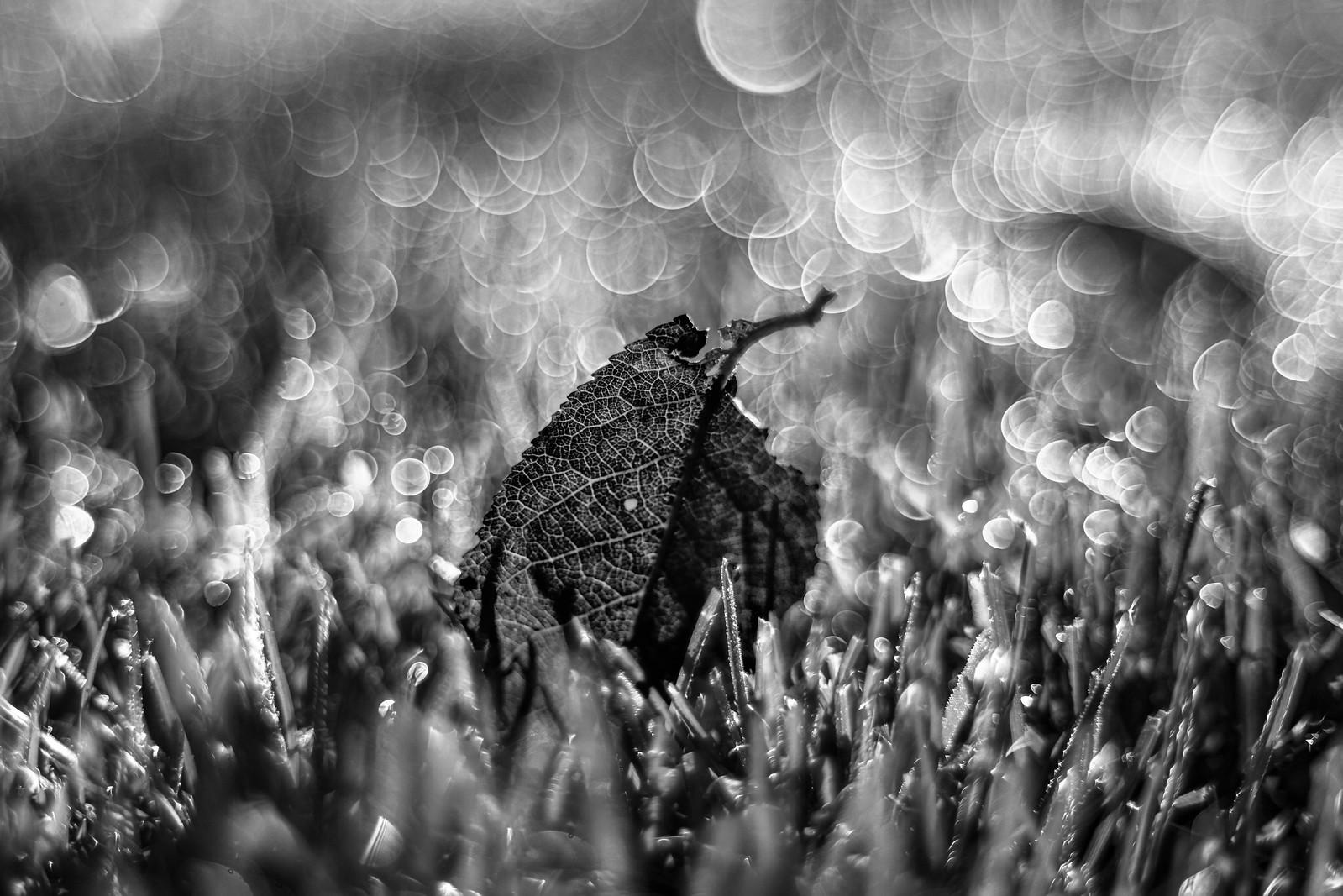Bosun Higgs
Senior Member
- Messages
- 1,203
- Solutions
- 2
- Reaction score
- 1,284
US made projection lenses come up very rarely on this side of the pond, so I always look forward to getting one, and when I recently bagged an 83mm Wollensak Cinema Raptar, I was very chuffed.
Note this is a "Cinema" Raptar for 35mm movie projection, not the much more common "Cine" Raptar, these are usually 16mm cine taking lenses.
I took the lens out for some test shots and I was very surprised by the results produced from specular backgrounds:-

Trioplan outlined bubbles, but note the very untriplet-like catseyeing.
outlined bubbles, but note the very untriplet-like catseyeing.
I think that the Gods of lens design may be taunting me a bit here as I have recently done a post on my newly acquired Trioplan, and this Raptar is showing some pretty impressively outlined bokeh bubbles.
It is pretty certain that this is lens is not a triplet, and the strong catseyeing in the corners argues against this also. Plus, I have never seen a triplet design used for 35mm movie projection.
That said, none of my Petzval and Planar lenses show this degree of outlining.
I think that this is going to be an interesting one :O)
Note this is a "Cinema" Raptar for 35mm movie projection, not the much more common "Cine" Raptar, these are usually 16mm cine taking lenses.
I took the lens out for some test shots and I was very surprised by the results produced from specular backgrounds:-

Trioplan
I think that the Gods of lens design may be taunting me a bit here as I have recently done a post on my newly acquired Trioplan, and this Raptar is showing some pretty impressively outlined bokeh bubbles.
It is pretty certain that this is lens is not a triplet, and the strong catseyeing in the corners argues against this also. Plus, I have never seen a triplet design used for 35mm movie projection.
That said, none of my Petzval and Planar lenses show this degree of outlining.
I think that this is going to be an interesting one :O)






